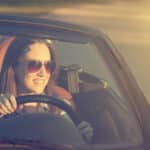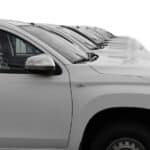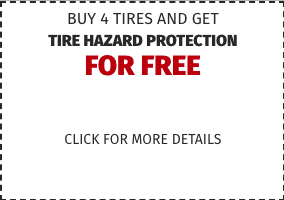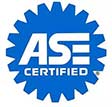Cars have come a long way since they were first invented. Nowadays, cars are equipped with various systems that make them safer, more efficient, and more comfortable to drive. Let’s take a closer look at the main systems of a modern car.

Engine System
The engine system is the most important system in a car. It is responsible for converting fuel into energy to power the vehicle. The engine system consists of several components, including the engine, fuel injectors, fuel pump, exhaust system, and various sensors.
The engine is the heart of the car. It is typically a four-stroke internal combustion engine that converts fuel into energy by burning it in a controlled explosion. The engine is connected to the transmission system, which transfers the energy to the wheels.
Transmission System
The transmission system is responsible for transferring the power from the engine to the wheels. It consists of the gearbox, clutch, drive shafts, and differential. There are two types of transmissions: manual and automatic. Manual transmissions require the driver to shift gears manually, while automatic transmissions shift gears automatically.
Suspension System
The suspension system is responsible for ensuring a smooth ride for the driver and passengers. It consists of shocks, struts, springs, and other components that absorb bumps and vibrations. The shocks and struts are responsible for absorbing shocks and vibrations. They work together to control the movement of the wheels and keep them in contact with the road. The springs are responsible for supporting the weight of the car and absorbing shocks. They come in different types, including coil springs, leaf springs, and air springs.
Brake System
The brake system is responsible for slowing down or stopping the vehicle. It includes brake pads, rotors, calipers, and brake lines. When the driver presses the brake pedal, the brake pads clamp down on the rotors, creating friction that slows down the wheels. The calipers are responsible for holding the brake pads and applying pressure to them. The brake lines are responsible for carrying brake fluid from the master cylinder to the calipers. The brake fluid is pressurized by the master cylinder, which applies pressure to the brake pads.
Steering System
The steering system is responsible for controlling the direction of the car. It includes the steering wheel, steering column, power steering pump, and various other components.
In modern cars, most steering systems are power-assisted, making it easier for the driver to turn the wheel. The power steering pump is responsible for applying pressure to the steering system, making it easier to turn the wheel. The steering column connects the steering wheel to the steering box or rack, which controls the movement of the front wheels.
Electrical System
The electrical system is responsible for powering the various electrical components in the car, including the lights, radio, air conditioning, and other accessories. It consists of the battery, alternator, starter, and various other components. The electrical system also includes various fuses and relays that protect the electrical components from power surges and regulate the flow of electricity to the different components.
We Help Maintain Your Car’s Systems
At Ken’s Automotive & Transmissions, we pride ourselves on providing high-quality, transparent maintenance and repair services. We service all makes and models, from routine oil changes to complex transmission rebuilding; our automotive experts do it all. Contact us today to schedule an appointment.














